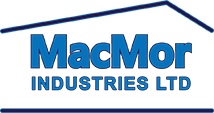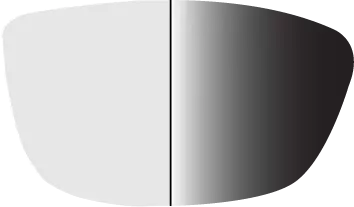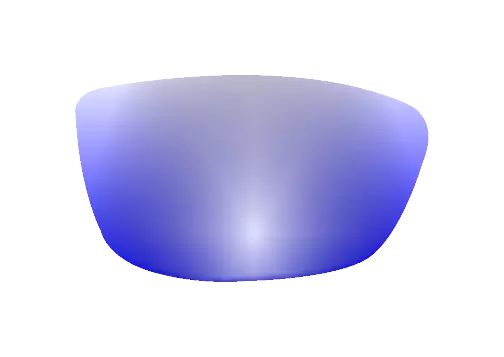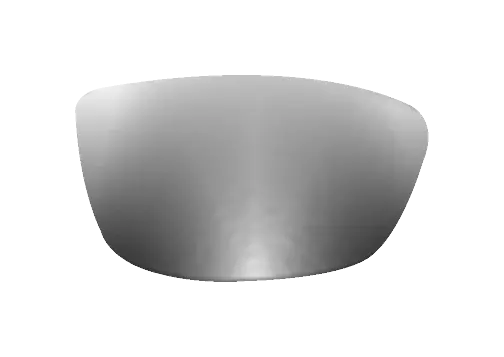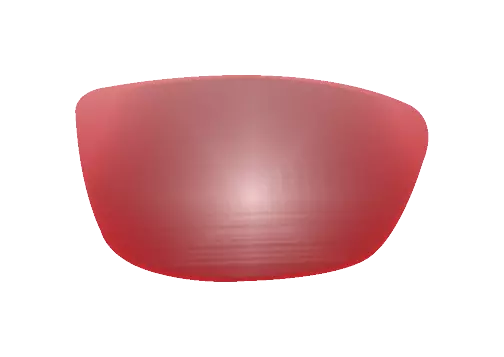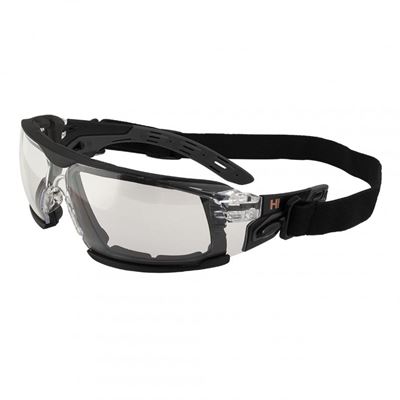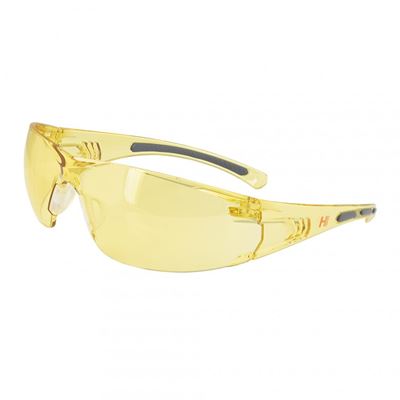How to Choose the Right Lens Type for Your Application - Feature Friday
Welcome back to Feature Friday, MacMor's deep dive into the various products we carry (or those you request to hear about). This week we're discussing how to select the right lens colour on your safety glasses for your application. Having the right tint and finish on your lenses can play a critical role in keeping you safe and comfortable on the job, which is why we decided to write this article to help customers understand that lens types are about more than just colour/tint preferences.
When deciding which lens type to use, there are many factors to consider including:

Clear
The most common lens type in the industry is the standard clear lens. These lenses are used when light filtration is not required, but basic impact protection with the clearest field of vision is needed for the application.
Grey / Smoke
Another very common lens type in the market is Grey, or as some manufacturers like to call it, "Smoke". This type of eyewear is typically referred to as sunglasses since the darker tint helps to reduce eye strain and fatigue from the sun's harsh rays. Grey lenses are also essential for minimizing the glare from sunlight hitting various surfaces, namely water and snow, which provides a more comfortable experience outdoors.
Wearing dark-tinted glasses is something that is often overlooked in winter time, either because there's a lot less daylight or because we don't tend to associate colder seasons with sunlight, however the glare from the sun on snow is very powerful and can damage the surface of our eyes over prolonged exposure (this can eventually lead to Photokeratitis or snow blindness).
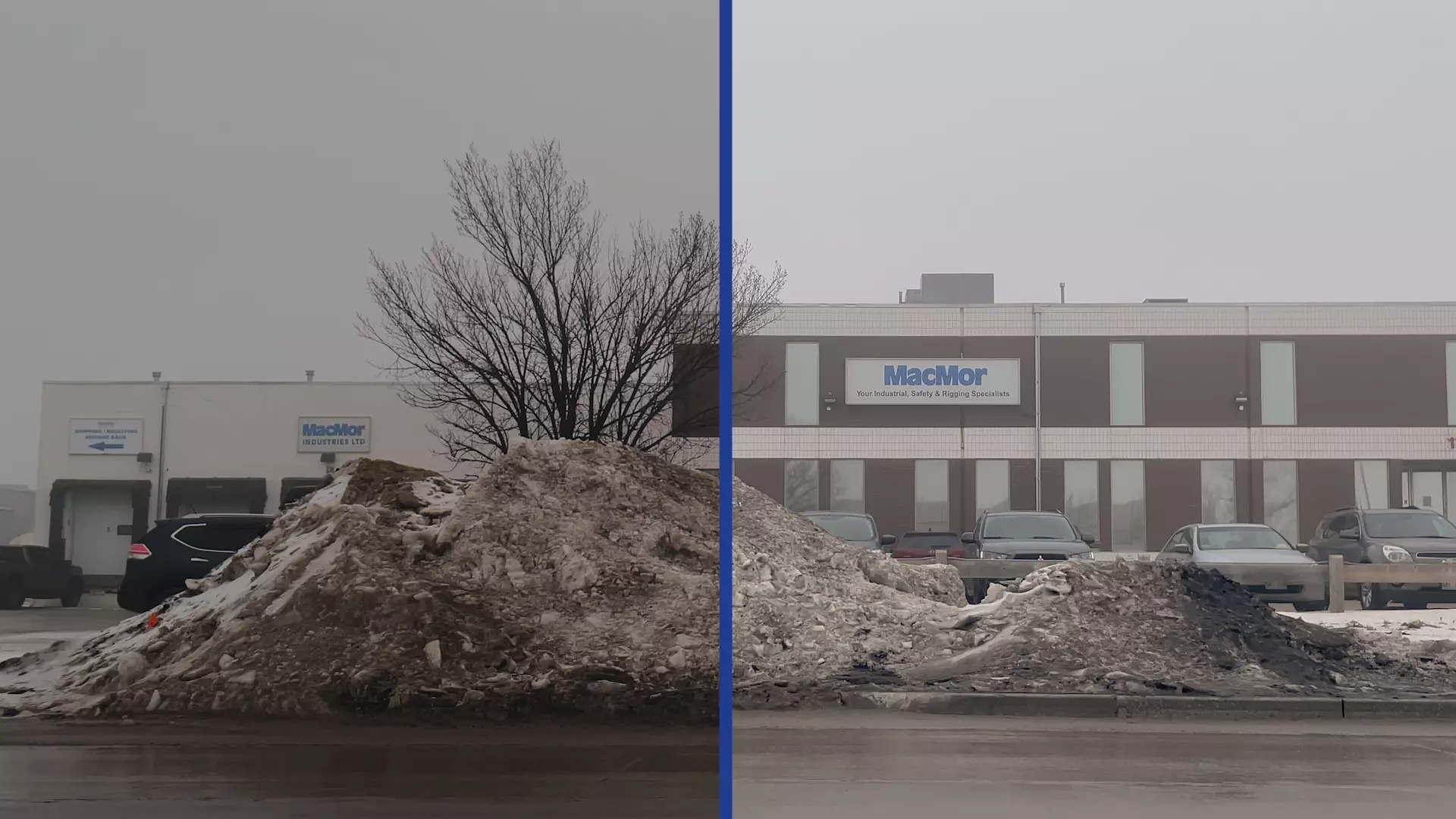
Copper / Espresso
Copper or Espresso lenses are best used as everyday eyewear to protect against UV exposure. They provide enhanced colour contrast and are often preferred for their ability to enhance traffic light colours (green, yellow, and red). This makes them particularly ideal for drivers, but they are also quite popular with roofers and construction workers.
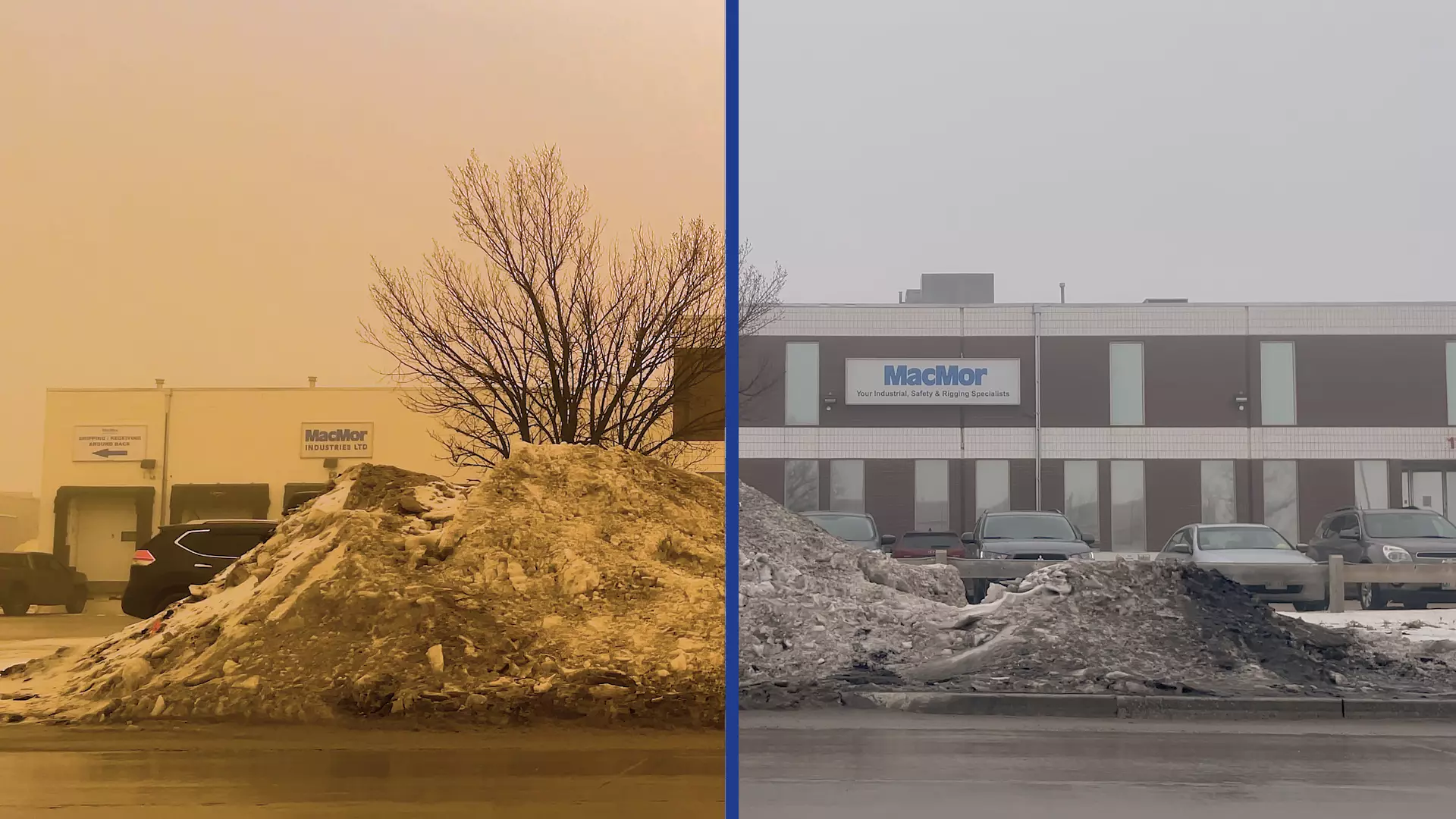
Amber
Getting to a more application-specific type of lens, Amber lenses provide added contrast in low light, indoor applications. The added contrast sharpens and enhances the user's ability to see darkened details. They also help filtering out blue light to ease eye strain and fatigue.
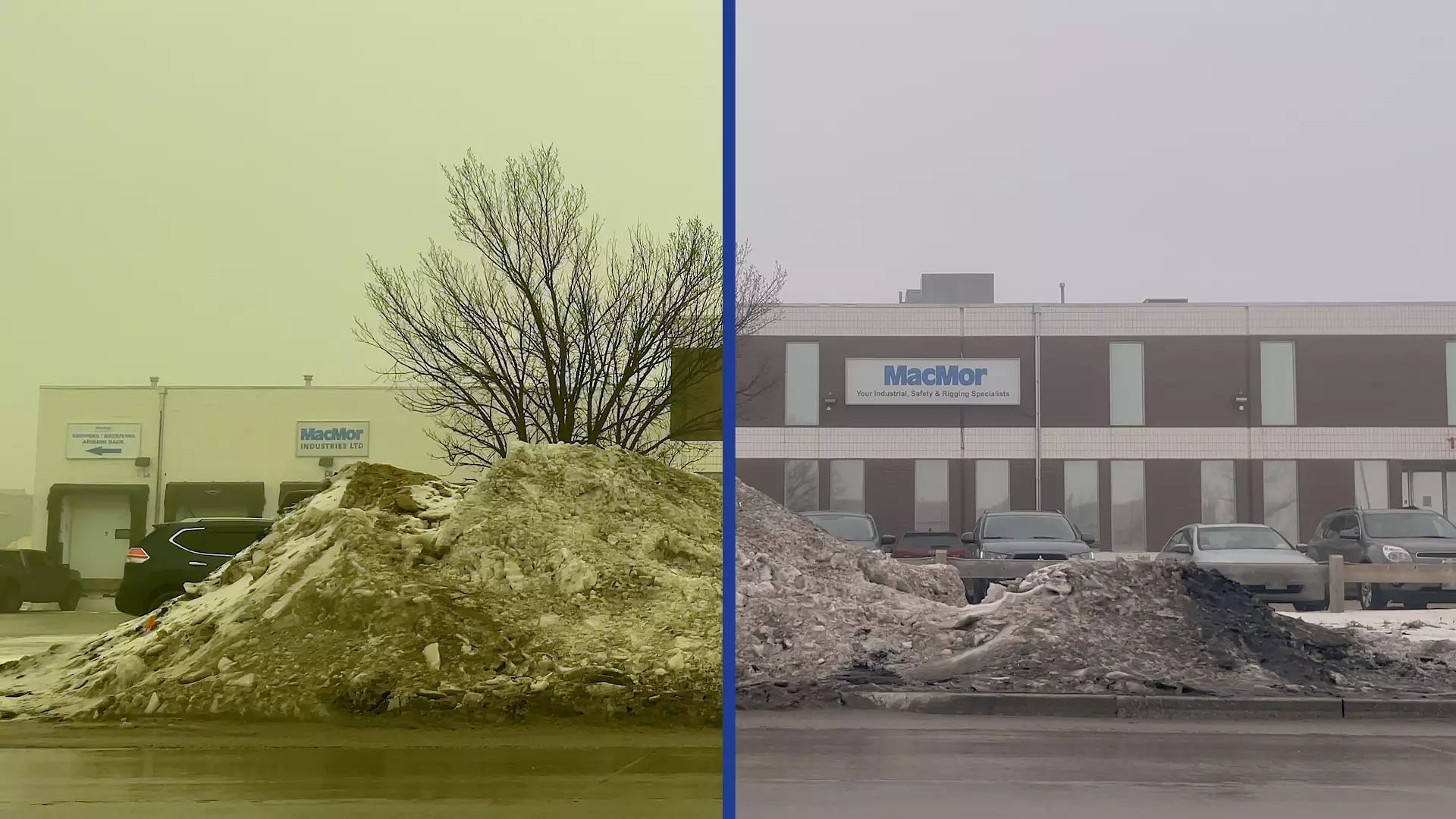
Indoor / Outdoor
When working back-and-forth between inside and outside, switching out your glasses isn't very convenient. Indoor/Outdoor lenses were designed with this scenario in mind as they are slightly tinted with a mirrored finish to ease the transition between inside and outside work.
Something to keep in mind regarding these lenses: a jack of all trades is a master of none - although these lenses are functional in both settings, they simply aren't the best for either scenario. Generally speaking, these lenses are typically more viable in situations where most of your work is done in a well-lit, indoor environment with short bursts of outdoor work.

Photochromic
A more technological approach to hybrid lenses are the Photochromic lenses. These lenses use a unique technology that reacts to the presence of Ultraviolet (UV) light. When transitioning from indoor to outdoor lighting conditions, the molecules in the lens react to UV and begin their transformation to a darker tint. When going from outdoor to indoor, the lenses begin to transition from dark to clear.
The length of time it takes to transition depends on the molecules which are typically affected by the ambient temperature in either environments. On average, transition lenses get darker in cold temperatures and are lighter in hotter temperatures (due to the impact of heat on available molecules).
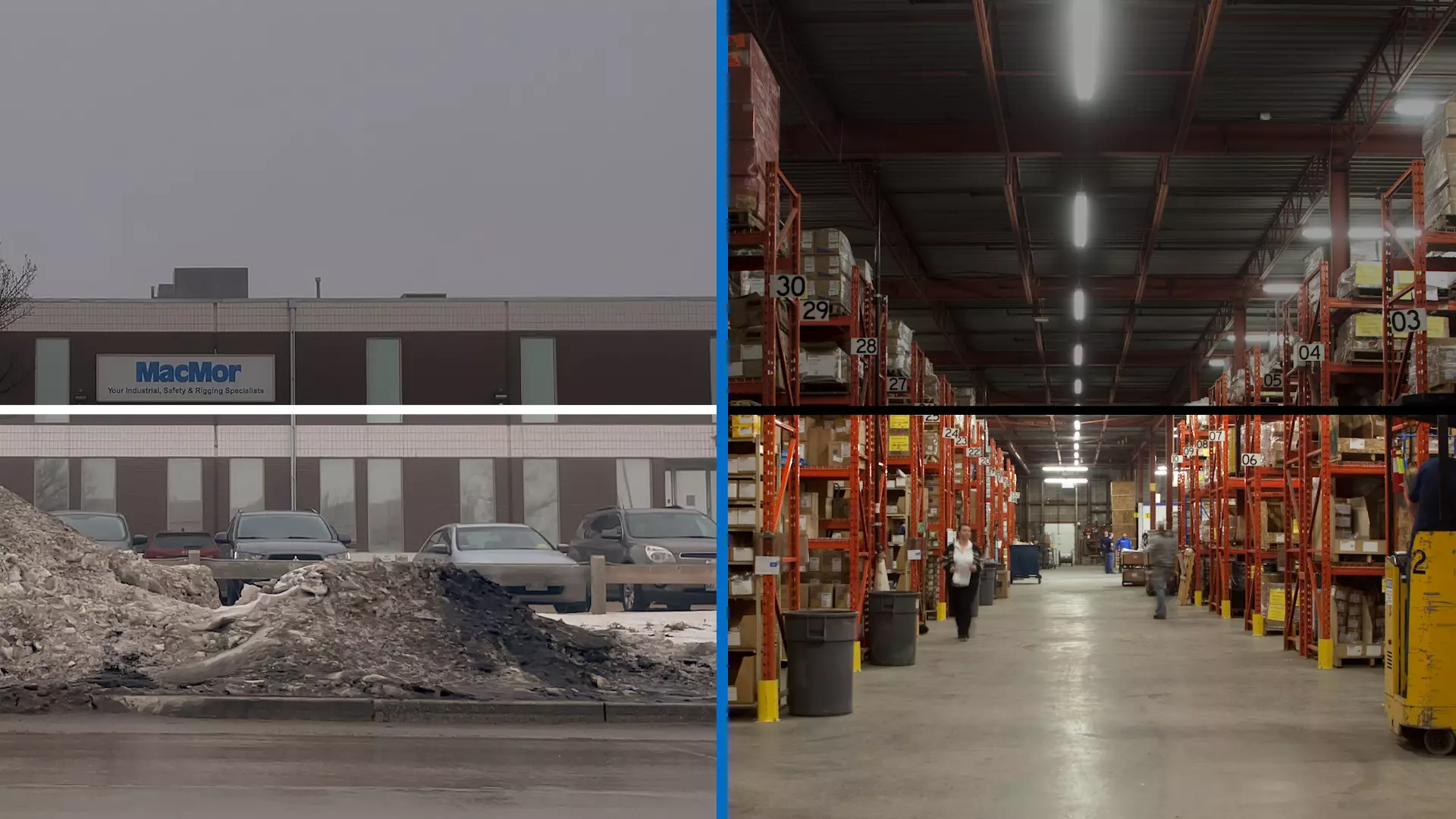
Mirrored
Mirrored lenses have a reflective coating that prevents a significant amount of light from passing through the lens. While most tinted lenses absorb light/UV, mirrored lenses reflect light away which typically results in a brighter field of vision. While available in different colours, lenses with mirrored finishes usually offer slight differences in their viewing experience.
- Blue Finishes: Helpful for reducing glare and enhancing colour perception; good in misty, foggy, and snowy conditions. Shifts colours towards yellow.
- Silver Finishes: Help prevent glare while maintaining neutral colour recognition (ideal for drivers, utility workers, and lines people). Darkens field of view without any noticeable shift in colour.
- Red Finishes: Offers some protection against eye strain from fluorescent lights and blue light. Shifts colours towards blue/purple.
What's the Difference between Mirrored Lenses and Polarized Lenses?
First and foremost, both lenses offer similar benefits. It simply comes down to the technology itself.
- Polarized lenses filter the light bouncing off horizontal surfaces while allowing light
travelling vertically to pass through. Allowing light to pass through vertically massively reduces the amount of
glare that makes it through to your eyes. Because polarization blocks out horizontal light, users often
experience a brighter field of vision with a greater reduction to glare. This technology also allows you to have
increased visibility through reflective surfaces.
One observed complication with polarized lenses is with certain LCDs (Liquid Crystal Displays) that are commonly used in computer monitors and smartphones. Without going into too much technical detail, LCDs use a polarizing filter to enhance the brightness of the displayed content which helps it be more visible in brighter conditions (i.e. daylight). Since polarized lenses utilize the same type of filtering technology, they essentially cancel out the filter on the display making it appear very dark. Luckily, not every LCD manufacturer uses the same polarizing filters, so you'll have no issues with some displays.
- Mirrored lenses on the other hand use an external coating that reflects light from all directions of the lens, minimizing the amount of glare that reaches the eye. This approach allows for a bright field of vision but is more likely to filter certain colours and slightly alter their appearance. While mirrored lenses may appear to be the colour seen on the outside (i.e. red mirrored), it is very common for the lens to be a standard smoke lens.
Green (IR)
By far the most specialized lens type available on the market is Green IR Shade lenses. These lenses provide protection from Arc-flashes and IR exposure in nearby areas. It is important to note that IR Shade Safety Glasses should not be used in place of proper welding shades, and is more intended for use by those nearby.
IR shades come in 3 levels:
Shade 2 VLT = 20-28% Shade 3 VLT = 10-14% Shade 5 VLT = 2-4%
VLT= Visible Light TransmissionOther Things to Consider When Choosing Safety Glasses
Besides lens type, there are a few other things you'll want to consider when buying safety glasses. You will notice technologies and patents will differ between various brands and models when it comes to some of these specs, and although core concepts are the same, performance can vary greatly:
The Four A's
Anti-Fog, Anti-Scratch, Anti-UV and Anti-Static coatings can provide some additional quality-of-life benefits when wearing your protective eyewear:
- Anti-Fog: prevents your lenses from fogging up often by applying a hydrophilic and/or hydrophobic coating to the lens which helps to push moisture away from the lens down to the frame. For more information on anti-fog coatings for protective eyewear, check out our blog: What is the Best Anti-Fog Eyewear? where we compare and test 4 of the industry's most advanced anti-fog technologies.
- Anti-Scratch: prevents your lenses from getting scratched either by applying a protective film to the lens or by manufacturing the lens out of durable polycarbonate which has inherent scratch-resistant properties. Preventing scratches on your lenses is crucial to the longevity of your eyewear - once scratches start to affect your vision, it's usually time to consider a replacement.
- Anti-UV: prevents UV light and radiation from penetrating the lens, which helps to minimize the risk of retinal damage over prolonged exposure. Contrary to popular belief, it is very possible for clear lenses to offer UV protection, they simply won't help with the eye strain caused by glare - that's where tints and mirrored finishes become important.
- Anti-Static: helps to prevent dust and debris from sticking to your lenses and obstructing your view. Unlike scratches, dust and lint can easily be wiped away from the lens and are more of a nuisance than anything else. With that said, not cleaning your lenses carefully can often lead to surface scratches, so it's always a good idea to use proper lens cleaning products.
Type of Eyewear
Selecting the right type of eyewear is also a very important consideration. Need protection from dust and debris that your regular safety glasses simply can't protect you from? Consider glasses with a foam gasket. Maybe you need to protect your eyes and periphery from harmful chemical gasses - time to look for non-vented goggles. For a list of different types of eye protection, check out this article which provides examples of ideal eyewear types for different applications as outlined by the CSA Z94.3-15 Standard. You can also take a look at our Head and Face Protection products to see various options available in the market.
Summary

Contact Us
If you or your organization need any help choosing the right eyewear for your application, or if you're looking to procure any personal protective equipment for that matter, please don't hesitate to contact us. Our sales team and safety specialists would be more than happy to assist you in finding the right gear for you and your team.
Like the Blog and Video? Please consider sharing it with your friends and your team.